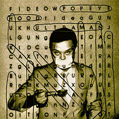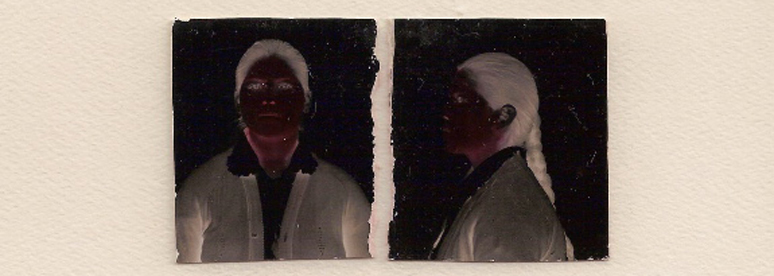PAST EXHIBITION

Personal Permanent Records
April 27, 2001 – July 29, 2001
ABOUT THE EXHIBIT
“Personal Permanent Records” bring to the nation’s capital a survey of the specific issues and concerns related to identity and memory by a group of 17 artists from South America. Each one uses a broad panorama of creative expressions in photography through portraiture.
Photography is not what it used to be, it is no longer an objective, accurate way of safeguarding the present for posterity. It has become an artistic language as cryptic and eloquent as any artistic expression. Photography nowadays is subjective, full of symbolism, recurring to both painting and sculpture in an effort to convey its message successfully. This is a new aspect of photography and these are the kind of works we see in this exhibit.
This exhibition presents works that are a complex fusion between the message and the medium of photography. The images give the viewer an extensive cross-section of prolific South American artists and their approach to this medium and an understanding of their regional concerns. Interestingly enough, about half of the artists featured in “Personal Permanent Records” were not trained as photographers, but as painters or sculptors, yet they all chose to express their questions related to identity and memory with aspects of the photographic medium.
Portraiture photography has inundated our everyday lives with family pictures, ID cards, and portraits in the media. These artists validate, through portraits, differentiated identity and memory: personal, sexual, collective, national, and historical. The artists featured in this exhibition eloquently manage the medium to incorporate various dimensions of meaning into their work. They understand the individual portrait and its significance as the emblem of identity and memory.
Alexander Apóstol from Venezuela, for example, includes conventional formal portraits. He creates an almost archetypal character of the male image, but with both humor and irony in his stages large-scale assemblages. The men with the proper attire and classical mustaches are portrayed this way to reinforce and mold masculinity. Apóstol creates images by exploring and developing a genealogy of the image od the ideal macho Latin man. The anonymous portraits of stereotypes seem vaguely familiar and become quite identifiable. The men are part of the Venezuelan cultural makeup of Apóstol, therefore also of an autobiographical nature. In “The Tailor” he combines three pictorial elements: a row of middle-aged male headshots, a classical male suit on a hanger, and an out-of-shape nude male torso. Apóstol selects from the pool of images that reflect his personal history and daily life. The contrasting images create ambiguity and mysticism. Apóstol provokes one to draw from memory and past experiences of the older generations to personalize and interpret the mystery locked within these juxtaposed images, with a touch of 1940s-50s aura. To capitalize stylistically on advertising imagery, this can also clearly be seen as a desire on the part of the artist, to blur the borders between high art and popular visual language. Also, in his most recent series, “Pasatiempo,” Apóstol exhibits constant authentic and coherent evolution in the discussion about fine art versus popular culture, and the issues surrounding male identity.
Another interesting work in this exhibition is the “Under the Black Sun” series by Milagros de la Torre from Peru. This artist engages in approaches to the ID portrait (passport photos) of typical format and universal use. In Peru, the ID portrait normally includes an instantaneous “racial improvement.” Photographers generally “whiten” the facial color of the client, by retouching the negative with a red substance. The artist explains that this procedure is apparently done without the request of the client. Milagros de la Torre stops this process midway to question our perception of people, identity, and cultural stereotype.
Some of the artists in this exhibition include: Luciana Napchan (Brazil), Marcelo Brodsky (Argentina), Sara Maneiro (Venezuela), Antonio Saggese (Brazil), Eduardo Medici, Marcela Mouján (Argentina), Ruiz, Oscar Muñoz (Colombia), Ana Tiscornia (Uruguay), and team artists Aziz+Cutcher (United States and Venezuela). Malin Barth, former Director of Throckmorton Fine Art in New York, and now independent curator, has curated this exhibition.

